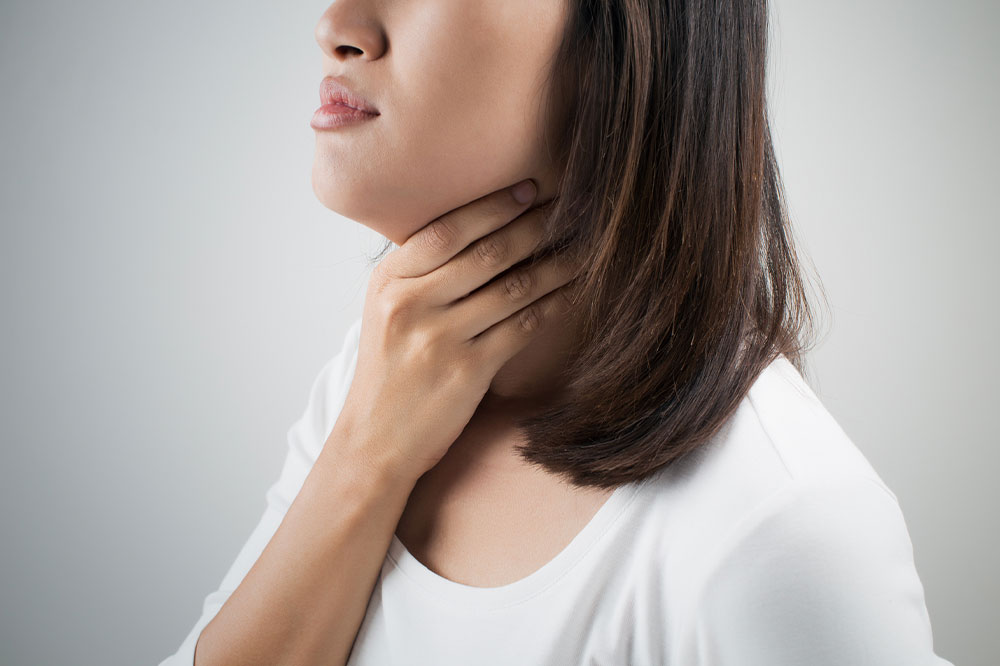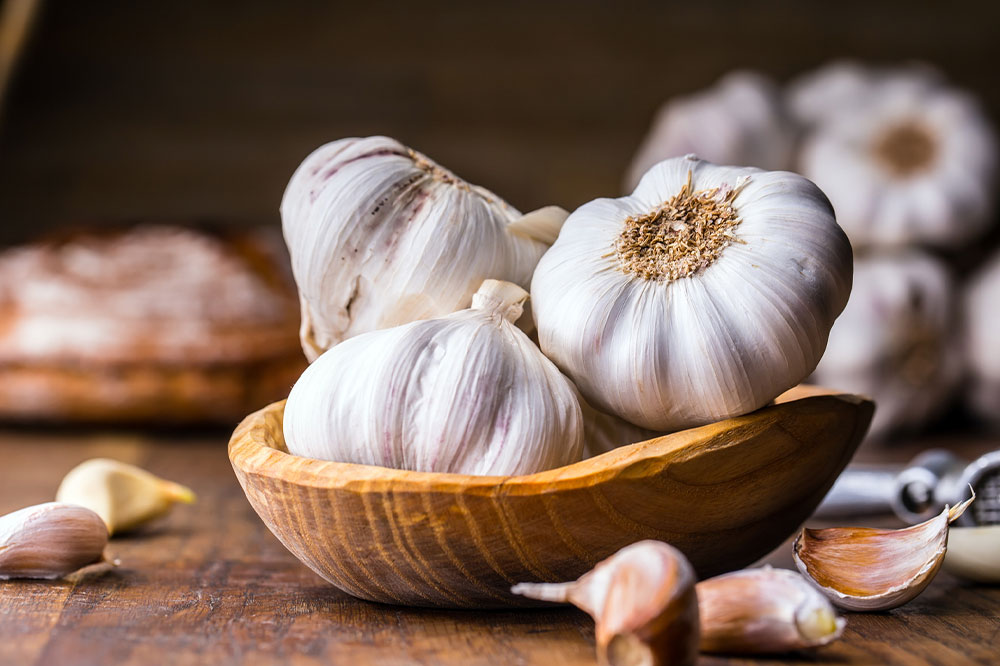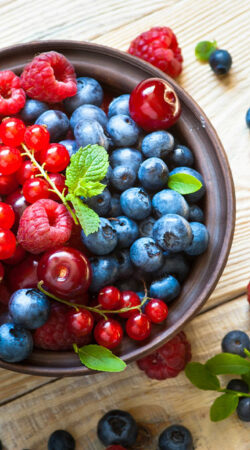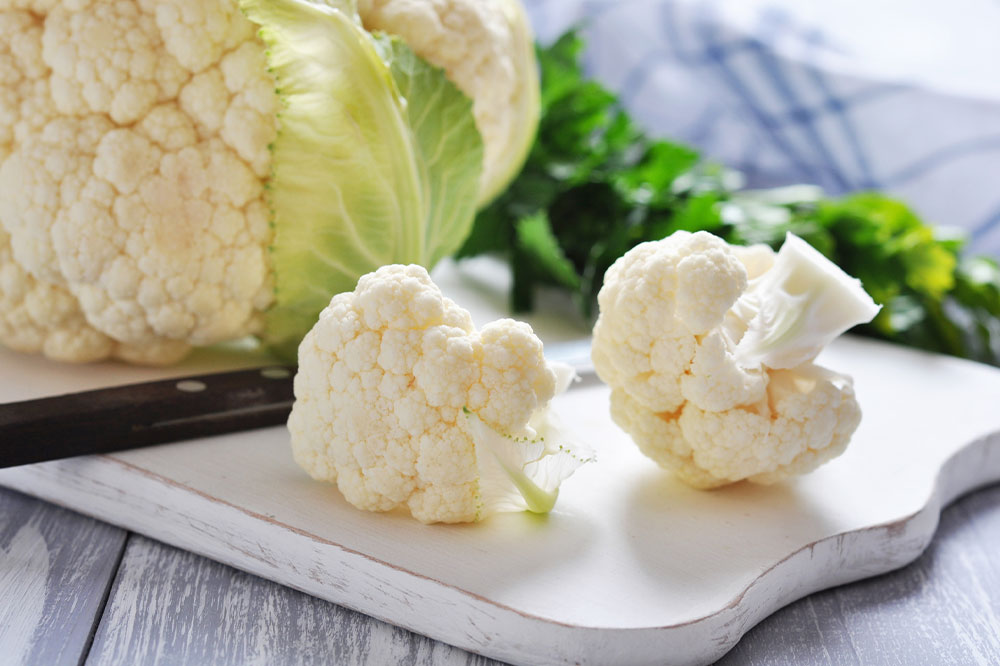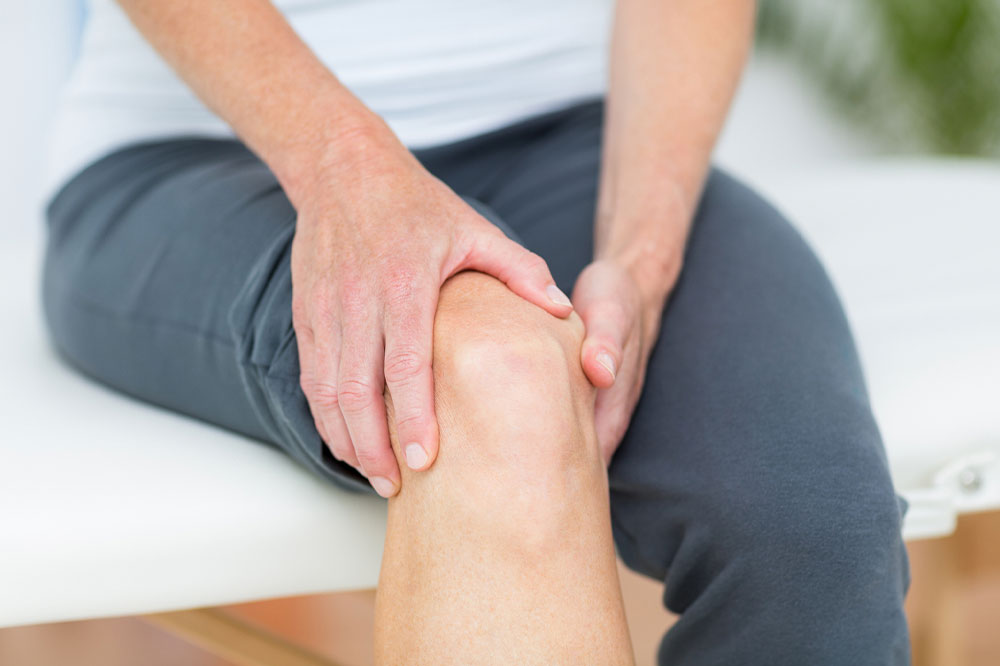
Health
8 early arthritis signs one should not ignore
Living with arthritis can be a deeply uncomfortable experience. This is due to its myriad list of symptoms. Although there is no permanent cure for arthritis, healthcare professionals can work on a treatment plan for people to reduce pain and inflammation and improve their quality of life. To achieve those objectives, such professionals need to detect the earliest signs and symptoms of the condition. Here are some of the most common early arthritis signs: Morning stiffness Most people feel stiff in the morning when they wake up. This tightness is caused due to the overnight changing of lubrication in the joints and fascia. Another cause for morning stiffness is that the body’s natural Ibuprofen has not kicked in yet. However, this stiffness tends to go away when one moves and stretches out a little. Morning exercises are a great way to release this morning stiffness. In the case of arthritis, this stiffness and tightness simply do not go away. This happens because of the inherently deep nature of arthritis symptoms. Therefore, if an individual experiences stiffness for 30 to 45 minutes after waking up, it may be a sign of arthritis and should be checked by a medical professional. In fact, the stiffness does not occur only in the morning but also after one rests for a long time and then gets up from a comfortable position. This happens because the synovial fluid, a thick liquid found between one’s joints that reduces friction and joint damage, in one’s body becomes more gelatinous after a long period of inactivity. This is something that is caused by arthritis. Fatigue Arthritis has many subtypes, one of the most commonly found ones being rheumatoid arthritis, an autoimmune condition that causes widespread inflammation within the bones and joints in people. One of the common symptoms of this kind of arthritis is perpetual fatigue.


